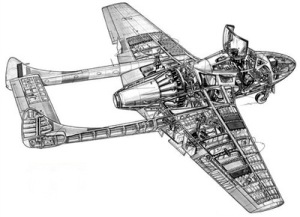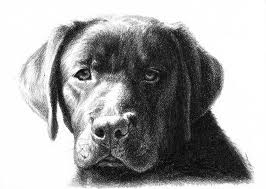
To look at him now is to miss the man he was. Perhaps in the small, wrinkled canyons which line his face, it is possible to see a sliver of the past, a glimpse of the famous de Havilland Aircraft Company – his former employer – but mainly he is as unrecognisable as the large field and forest that Horwich once was.
Barry Walsh, born in June 1942 – six months after Pearl Harbour – loves three things: history; football; and table tennis. His living room is lined with books about the Second World War – fights at sea, land battles and the prodigious personalities that dominated the era.
He reels off, in a slightly stuttered fashion, a quote from Franklin D. Roosevelt following the destruction of USS Kearny by a German U-boat: “…history has recorded who fired the first shot. In the long run, however, all that will matter is who fired the last shot.”
Such feeling, such inspiration, matters to Walsh. Powerful radio broadcasts, before he even travelled the womb, somehow capture what he represents – what he stands for and looks to uphold.
A former committee member at the Hilton Table Tennis Centre and one of six official key holders, Walsh only recently stepped down. Seven years of ‘letting people in’ was enough. The man always seen on Sundays, Tuesdays, Wednesdays and Fridays was reducing his outings to just one thus finally retiring in legitimate fashion.
Recent years on the table tennis circuit have led to this moment – his number of matches declining from 72 (2011/12), to 21 (2012/13) to a mere 6 (2013/14); his last victory a season-ending barnstormer against John Lawrence on 6th April 2012 (11-8, 11-8, 11-6). Lawrence twice bowed to the might of Walsh that season, as did Eric Shaw and Bob Waller.
Those days cease to hold much significance for Walsh though. Despite being one half of the uproarious Summer League outfit, the Coffin Dodgers and noted for wearing a fine collection of bob hats and T-shirts at the club, it is the 1950s and 60s that still have him entranced.
Re-awakening memories of his first few years of employment in the engineering sector and his initial rejection by de Havilland, he recalls: “Listen to this. This is what people can do. My brother Clive knew an upstairs guy – one of the bosses. He got me in. Those eight or nine years made me. It was proper engineering. Horwich was a massive place.”
Given the nickname ‘Chert’ from his footballing days, Walsh understood the importance of working for a grand and reputable British aviation manufacturer – its premises built in Horwich in 1937; “part of a group of ‘shadow’ factories constructed in Lancashire, away from the main bombing zone in the south.”
The Mosquito (1940), the Vampire (1943) and the Comet (1949) still fly through the mind of Walsh. They provide succour and compound his great thoughts of Church Road “bomber command” teacher, Mr Worrell.
Aware of his pupil’s eyesight deficiency and the need to wear glasses, Worrell produced the classic words: “Walsh – you’ll have to play at left back.”
From left back to engineering to table tennis, Walsh’s size 7 ½ feet now stand at the crest of a small mountain having been made an Honorary Lifetime Member of the Hilton Centre. For the inverse buccaneer, it is another beginning.

